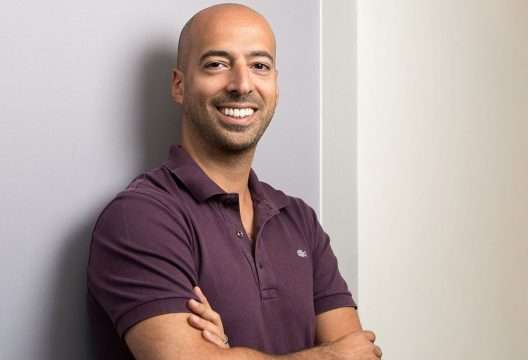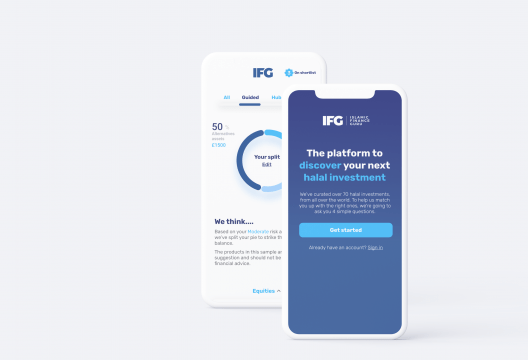
Hussein is one of the founding partners at Hoxton Ventures, a three person team who have backed four unicorns and created $54bn of value.
Outward caught up with Hoxton Ventures Hussein Kanji to understand how he does it and what he’s learned about building world-class companies.
We don’t need more WeWorks, we need real companies.
Intro to yourself and how you got into venture?
I didn’t fit in with my old VC firm and was asked to leave. No one would hire me in Europe and I was keen to remain here because I thought the market would grow. I had no choice but to raise my own fund.
Before venture, I had a real job and built things for a living.
Tell us about Hoxton?
Hoxton is an early stage venture firm built after an old school Silicon Valley venture partnership. We look for companies who:
- Are creating brand new market categories, where we think both the company and category will become large
- We believe have a better than normal chance of being the global winner in its category.
We spend a lot of time with our companies connecting them to the Bay Area ecosystem, because we still think Silicon Valley is an important place to be in the world if you want to build scale.
Two funds, four unicorns, $54B of value created – how is this possible with a 3 person team?
It’s not good enough. We could and should have done better.
Team size is irrelevant to success. Good judgement is the key. If you think about Chris Sacca, he set up the most successful Venture Fund in History and it was just him.
What you know now that you wished you had known when setting up fund 1?
It was going to take 39 months and be full of rejection. Had I known that I wouldn’t have done it – stalling your career for that long is suicidal.
Most LPs (like most VCs) follow the lemming model of investing. They wait until things are going so well that they can’t get in. Then they want in.
You were early investors in Deliveroo, Babylon, and Darktrace that hit unicorn status. Reminiscing back to the day you invested, is there something these companies all had in common?
They were entering a brand new market and building something that couldn’t have been built a year or two prior. In all cases we felt that those markets and the respective companies could grow exponentially. They also had a clear product market fit in the early days.
The most common way you meet your founders? Is this conducive to building a diverse pipeline?
Via introduction. The second question doesn’t factor into my thinking. Yet our results of having diverse founders speaks for itself. 50% of the listed venture funds on the Nasdaq are built by immigrants. A surprising amount of our companies are built by immigrants. We have a diverse pipeline but I genuinely don’t think about it. It is hard to do venture well with artificial constraints.
If you had a magic wand, what is the one thing you would change about the start-up ecosystem?
Less hype, more results. I call it tourist capital which we saw in the late 90s. Everyone rushes in to make a quick buck. The minute the market dips they leave. Everyone wants to be a VC, everyone wants to create a startup, everyone wants to write about tech. People want to brag about valuations. We don’t need more WeWorks, we need real companies.
To end, tell us about an investment that has surprised you the most – positive or negative and why
There are three ingredients to building a company: a good idea, capital and people. Often all the problems of not scaling comes not from the idea or the capital, but from people. It’s usually not the founders but their inability to build and scale organisations.
In this bull market, raising capital is easy. Building great teams is hard. Here in the UK, what is astoundingly difficult is finding good sales people.
- Chapter one is around getting the product right and achieving product market fit.
- Chapter two is around selling and this chapter is four times longer than the first.
- Chapter three involves diversifying and building a platform to really scale the company.
About the author

D'Arcy Whelan
Investment Associate
Raised by Irish parents in Johannesburg – and armed with an Art History degree – D’Arcy completed a stint in brand strategy before pivoting to the world of finance, determined to find a role where clarity and creativity of thought thrived. Since joining Outward, she’s never looked back.



